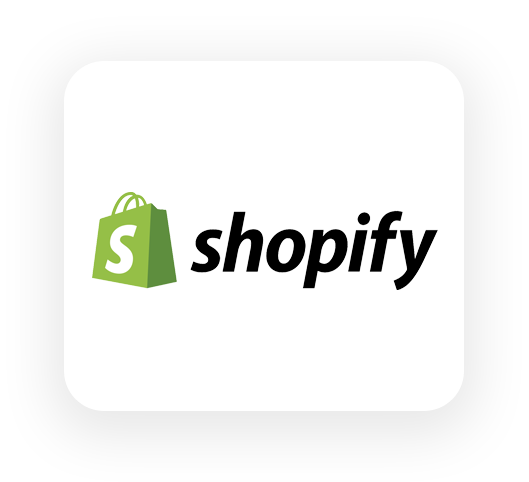Shopify Integration
Shopify is built to sell. Umbraco is built to tell your story. Scandia integrates the two so your content-rich website and high-performance storefront work in perfect sync. Whether you're looking to drive more conversions or create editorial experiences around your products, we help you connect Shopify to your CMS in a way that feels seamless and scalable.


Live Product Syncing
We connect your Shopify catalog to Umbraco so you can pull live product data—titles, images, prices, variants, and inventory—into any content block or landing page.
Custom Front-End Shopping Experiences
Break free from rigid Shopify templates. We build custom UIs in Umbraco that give you total control over the look, feel, and storytelling behind every product.
Checkout Routing and Conversion Optimization
Send users to Shopify’s secure checkout or route them through custom paths depending on product type, customer segment, or campaign source.
Headless and Hybrid Options
Want the speed and flexibility of a headless build? We support headless Shopify setups using Storefront API and GraphQL for dynamic, API-first ecommerce experiences.
The Best of Content and Commerce, Combined
Shopify is the leading ecommerce platform for businesses that want to scale fast, sell globally, and manage inventory with ease. It provides a robust backend for product and order management, along with built-in tools for payment processing, fulfillment, and analytics.
When paired with Umbraco, Shopify becomes more than just a store—it becomes part of your content strategy. Scandia integrates Shopify into Umbraco to give you full control over how and where you showcase your products, so your team can move faster and your brand can stand out.
Key Shopify Features
- Product and Variant Management – Full control over SKUs, options, and inventory
- Secure Checkout – PCI-compliant, mobile-optimized checkout experience
- Storefront API and GraphQL – Headless capabilities for custom builds
- Integrated Payments and Fulfillment – Shopify Payments, apps, and shipping options
- Analytics and Reporting – Track revenue, conversion, customer behavior
- Marketing and SEO Tools – Discounts, gift cards, meta tags, sitemaps
- App Marketplace – Extend functionality with best-in-class ecommerce tools

Let’s Blend Content and Commerce
Scandia helps you bring Shopify and Umbraco together so you can create rich, on-brand ecommerce experiences that drive results.
Scaling B2B Ecommerce for a Regulated Industry
Calyx Containers needed more than a standard ecommerce site. As a packaging provider in the highly regulated cannabis industry, they required custom workflows, gated content, and dynamic pricing, all while maintaining a premium brand experience. Scandia integrated Shopify with Umbraco to give Calyx complete control over product storytelling, catalog access, and checkout logic.
We built a hybrid storefront that combined Shopify’s robust inventory and transaction management with Umbraco’s editorial flexibility. Product blocks, customer-specific pricing, and role-based access were handled via custom components, while Shopify managed real-time stock and secure checkout. The result was a modern, scalable ecommerce platform that supported B2B purchasing, compliance, and brand growth, all in one seamless experience.

Got questions? Check these out...
If you are still looking for answers, don't hesitate to reach out to us and strike up a conversation. We love chatting with people!
Yes. We pull live product data via Shopify’s API and render it inside Umbraco using customizable templates or blocks.
Absolutely. Many clients use Umbraco for custom landing pages and route users to Shopify’s secure checkout from there.
Yes. We’ve built hybrid and headless ecommerce experiences using Shopify Storefront API with Umbraco as the content engine.
Yes. Our integrations are built to fetch live product info, stock levels, and variants from Shopify as needed.
Yes. We’ve implemented Shopify integrations for high-volume sites with thousands of SKUs and large editorial teams.